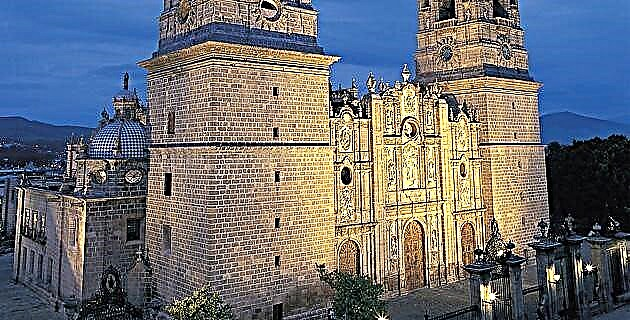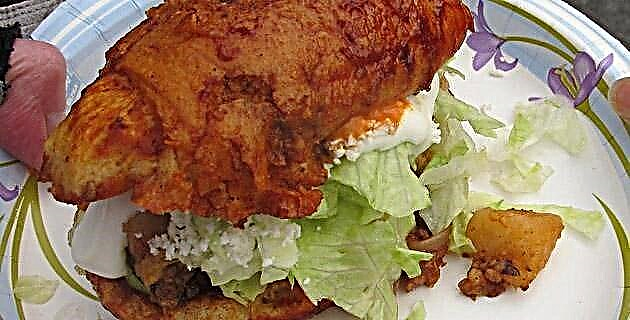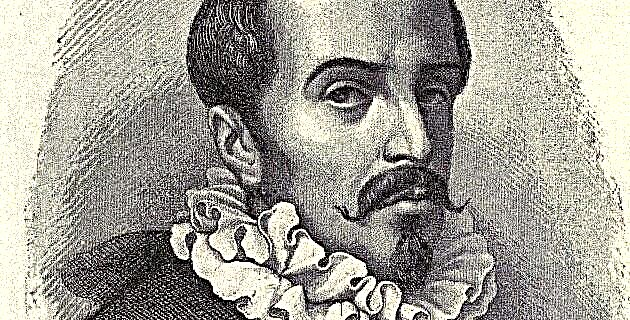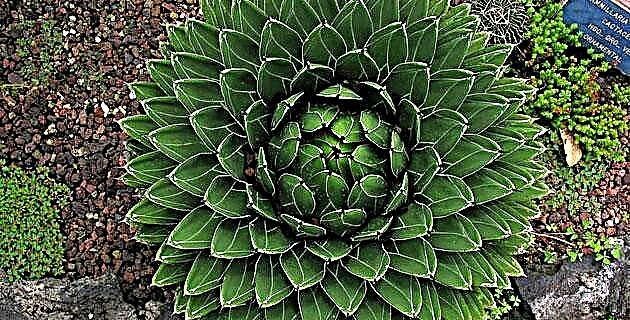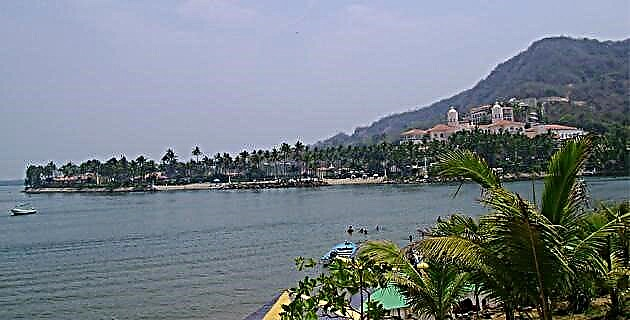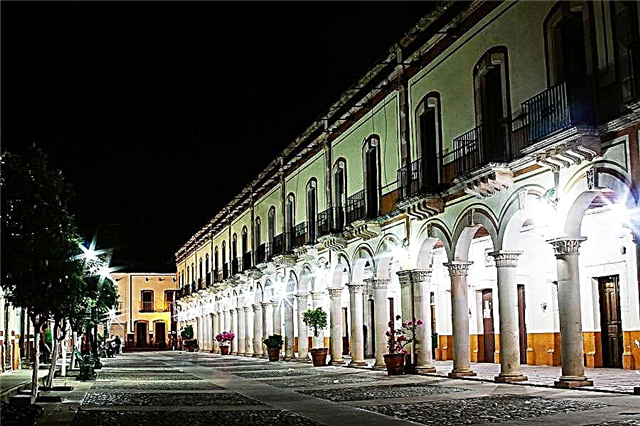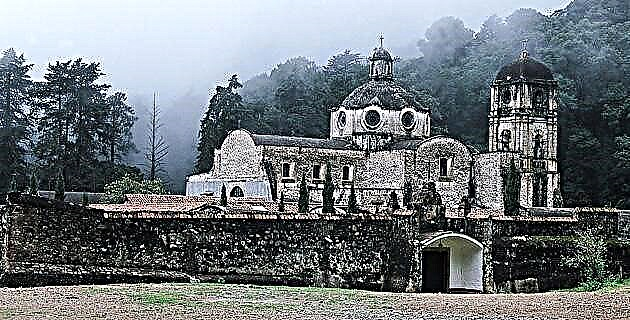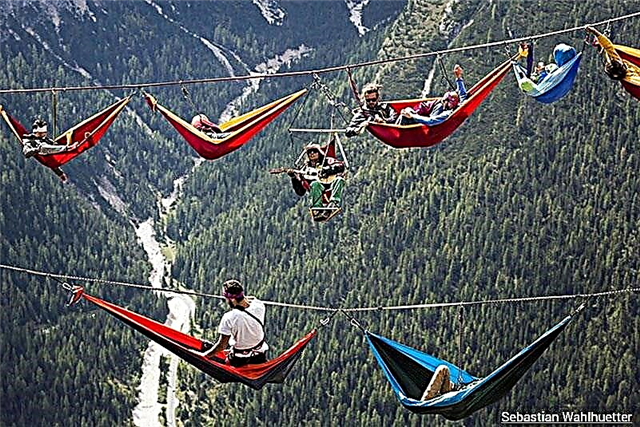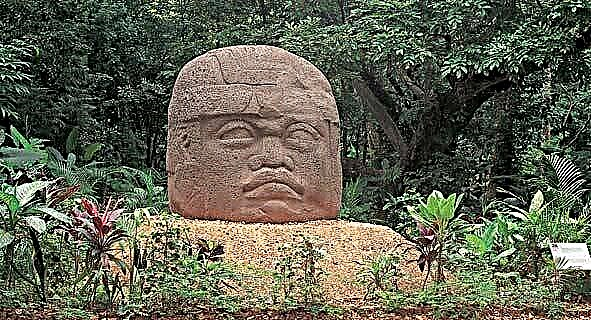
In this story, the author, Anatole Pohorilenko, reveals the details and secrets of the sculptures created by Olmec artists through the eyes of Piedra Mojada, a young sculptor's apprentice ...
On a rainy day in the first half of the 8th century BC, Obsidian Eye, master sculptor of the great ceremonial center of The saledecided that the time had come to teach Wet stone, his fourteen-year-old son, a new carving technique: cutting a hard stone by sawing it.
As part of a privileged social class, the fame of the La Venta sculptors extended beyond the Smoky Mountains to the west. In La Venta, the tradition of working stone, especially jade, was jealously guarded and carefully passed down from father to son. Only Olmec sculptors, it was said, made stone sigh.
For months his father taught Wet Stone how to identify different stones based on color and hardness. He already knew how to name jade, quartz, stealite, obsidian, hematite, and rock crystal. Although they both have a similar touch of green, the boy was already able to distinguish jade from serpentine, which is a softer rock. His favorite stone was jade because it was the hardest, most transparent and offered different and wonderful hues, especially deep aqua blue and avocado green-yellow.
Jade was considered very valuable, as it was brought from distant and secret sources at enormous cost, and with it ornamental and religious artifacts were made.
The father of a friend of his carried these precious stones, and was often absent for many moons.
The importance of pouring water on the stone
Due to his frequent presence in the workshop, Piedra Mojada was able to observe that the art of good carving consisted in the ability to visualize, before starting the work, the finished sculpture, because, as his father said, the art of sculpting consists of removing layers of stone to reveal the image that hides there. Once torn from the block by percussion, the chosen stone was roughened with a tool to give it a first shape, still rough. Then, with or without abrasives, depending on the stone, it was rubbed with a harder surface and prepared to receive the design that the master sculptor outlined with a quartz-tipped tool. Then, using a wooden bow with a taut rope of agave fibers covered with fine sand or jade dust, the most prominent part of what would be the sculpture was started to be sawed, chopped, drilled and rubbed, which, in the vast majority of the Olmec pieces, it turns out to be the area where the broad nose rests on the upturned upper lip, revealing a huge oral cavity. According to Ojo de Obsidiana, it was very important to pour water over the area to be cut, otherwise the stone will heat up and may break. At that moment, Wet Stone understood the true meaning of his name.
Holes like the inside of a mouth were made using hollow punches that the carver turned with a string bow or by rubbing his hands. The small cylindrical posts that resulted were broken and the surface was smoothed. With solid punches that could be of hard stone, bone or wood they made the fine holes of lobes and septum; in many cases, holes were made behind the piece to be able to hang it. Secondary designs such as incised bands around the mouth or in front of the ears were made with a fine point of quartz by hand firmly and safely. To give it a polish, the artifact was repeatedly polished, either with wood, stone or leather, like sandpaper. Since the different stones have different degrees of shine, oily fibers from some plants were used, with beeswax and bat droppings. On many occasions Piedra Mojada heard his father warn other sculptors in the workshop that all the visual aspects of a sculpture, especially the votive axes due to their geometric contour, should flow harmoniously, with their own movement, wave after bright wave, to get a magnificent and terrifying big mouth.
A week later, as they headed home, Piedra Mojada commented to his father that being a sculptor, although extremely laborious, was very gratifying because it resulted in a great knowledge of stone: the ideal pressure to work it, the individual shape that responds to polishing, the degree of heat that each one endures, and other details that are only revealed with years of intimate contact. But what worried him was not knowing the Olmec religion, which, in his view, gave life to these stones. To reassure him, his father replied that it was normal for him to worry about it, and said that all the sculptures that expressed the Olmec reality, both the visible and the non-visible, were grouped into three fundamental images that were clear and distinct.
The three fundamental images of Olmec sculptures
The first image, possibly the oldest, was that of a saurian, a conventionalized reptilian zoomorph, which is represented as a lizard with serrated brow, drooping rectangle or "L" shaped eye and a "V" shaped indentation on the head. It has no lower jaw, but its upper lip is always turned upwards revealing its reptilian teeth and sometimes a shark tooth. The curious thing is that their legs are usually represented as if they were human hands with the fingers spread laterally. Formerly, his head in profile was accompanied by symbols such as crossed bars, opposite scrolls or hands with laterally distended fingers. Today, we carve very few portable artifacts from this image. Its presence in monumental sculpture occurs mainly in the baby-face attire and in the upper band of the "altars".
The baby-face, or "child's face," is the second basic image of Olmec art. As old as the reptilian zoomorphic; the baby-face, from the sculptor's point of view, is more difficult to achieve because tradition requires that we do it from a living model, as these individuals are sacred in our religion and it is important to realistically capture all their congenital peculiarities: large heads , almond-shaped eyes, jaws, long torso, and short, thick limbs. Although they all look alike, they show subtle physical differences. Portable in size, we carve their faces into masks, as well as full-length standing or seated individuals. Those who are standing generally only wear loincloths and are characterized, in addition to their unique features, by their way of having their knees partially bent. The seated are usually richly attired in their ritual garments. As monuments, baby-faces are carved into colossal heads and ritually attired seated individuals.
The third image, the one we work the most, is a composite image combining elements of the reptilian zoomorphsuch as the "V" slit and serrated eyebrows or fangs with the baby-face body. What distinguishes this image from the others is the peculiar width of the nose that rests on the upper lip turned upwards. As in some images of the reptile, this composite anthropomorph sometimes carries two vertical bars running from the nostrils to the base of the turned lip. This ritual figure, frequently sculpted in bulk, of monumental portable size, often carries a torch or “mitten”. It is the "child" who appears in the arms of the baby-face and, as an adolescent or adult, sitting in caves. Whole body or busts we engrave or carve it in jade, in relief on objects of daily use, rituals and adornment. Its head in profile has incisions as part of ear and buccal bands.
After a long silence that followed Eye of Obsidian's explanation, the Olmec boy asked his father: Do you think that one day I will become a great sculptor? Yes, the father replied, the day you are able to get the best images not from your head, but from the heart of a stone.

